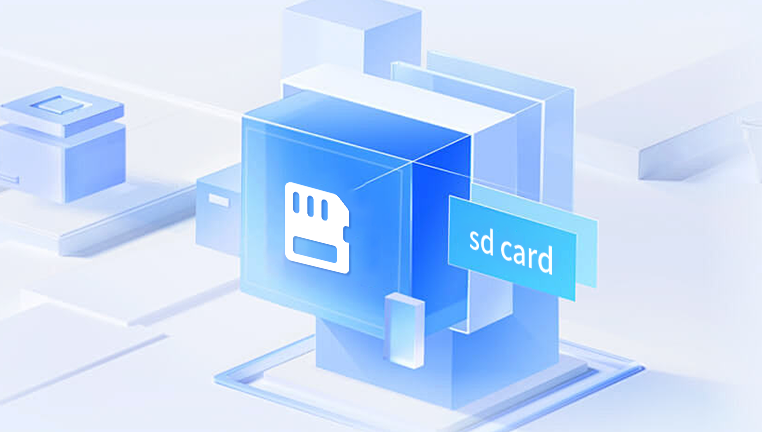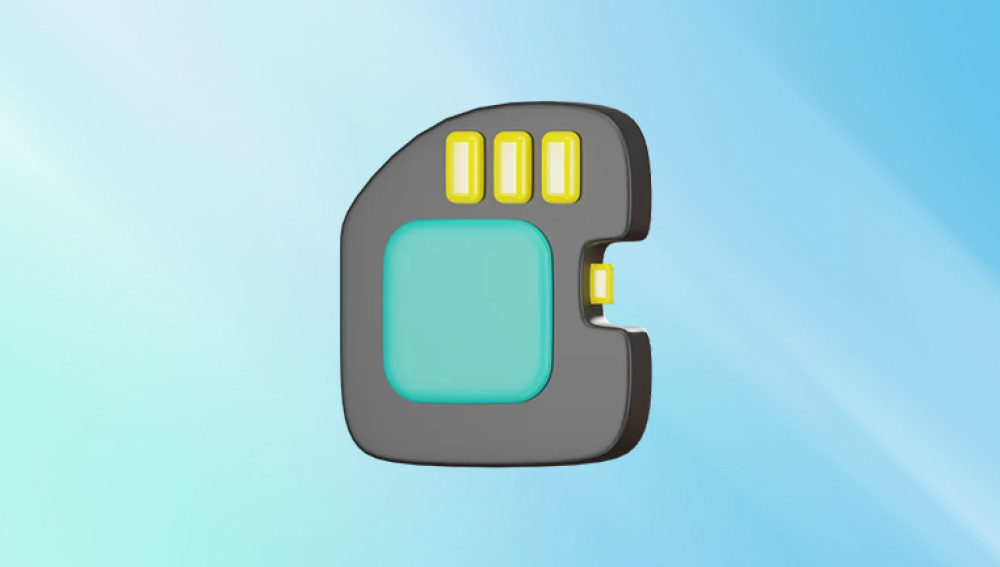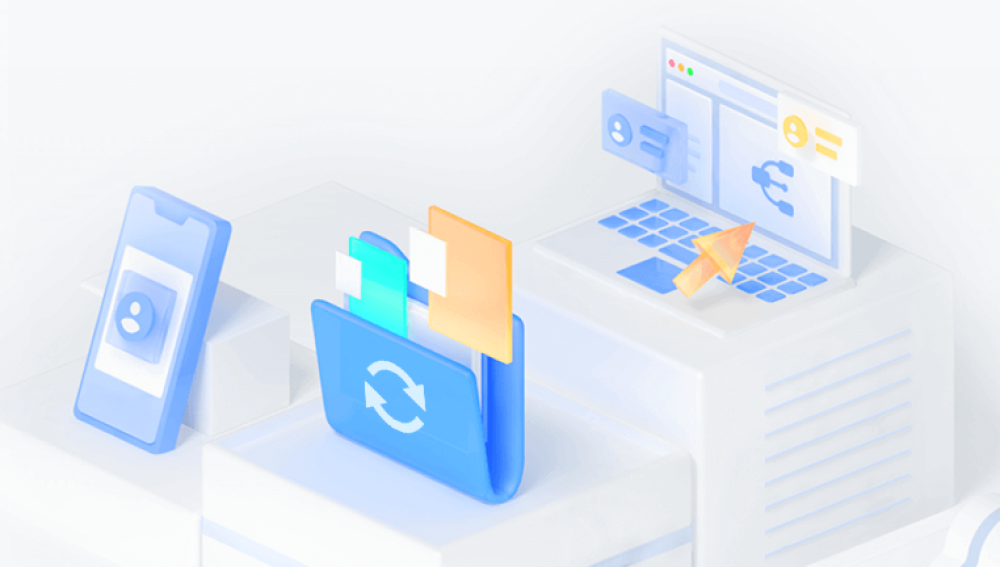From professional photographers to casual smartphone users, memory cards are ubiquitous appearing in cameras, phones, dashcams, game consoles, drones, tablets, and countless other devices. However, data stored on these memory cards is not immune to loss. Whether due to accidental deletion, formatting, corruption, or physical damage, losing files from a memory card can be frustrating and, at times, devastating. That’s where memory card retrieval software steps in a powerful solution designed to help users recover lost, deleted, or corrupted files from SD cards, microSD cards, CF cards, and more.
The journey of retrieving lost data begins with understanding how memory card storage works, what causes data loss, and which tools are best suited for specific scenarios. This guide aims to provide a detailed walkthrough of memory card retrieval software: what it is, how it works, features to look for, step-by-step instructions for use, and best practices for successful recovery.
Memory cards rely on flash memory a type of non-volatile storage that retains data even without power. Flash memory stores data in blocks, which are further divided into pages. When files are written to a memory card, they occupy available space in these pages. When files are deleted or formatted, the system doesn't immediately erase the actual data; instead, it marks the space as available for new data. Until new files overwrite the old ones, the "deleted" files remain recoverable.

This characteristic is the key reason data recovery is possible. Memory card retrieval software scans these "available" spaces to locate recoverable files and restore them to a safe location. But time is critical. Once new files are written to the card, the likelihood of successful recovery drops drastically.
Common Causes of Data Loss
Memory cards are prone to various forms of data loss. Some of the most common causes include:
Accidental Deletion – One of the most frequent scenarios. A single misclick can erase important photos, videos, or documents.
Formatting – Formatting a memory card wipes all data and creates a new file system. Whether intentional or accidental, it renders existing files inaccessible.
Corruption – Memory cards can become corrupted due to improper ejection, power failures, or virus infections. Corrupted cards often become unreadable by devices.
Physical Damage – Bending, cracking, or water exposure can damage the card’s structure, preventing data access.
File System Errors – Errors like RAW format or unsupported file systems make the card unreadable on typical devices, though data may still be present.
Wear and Tear – Flash memory has a limited number of write cycles. Over time, cells degrade, which can lead to data loss or card failure.
Understanding the reason behind the data loss can help determine the appropriate retrieval approach and increase the odds of success.
What Is Memory Card Retrieval Software?
Memory card retrieval software is a specialized application designed to recover deleted, formatted, or inaccessible data from memory cards. It scans the storage device to identify recoverable files using sophisticated algorithms and provides a user-friendly interface to restore them.
These programs support a wide range of file types, including photos, videos, audio files, documents, and even system files. Some also offer recovery from physically damaged cards using advanced techniques.
There are both free and paid versions of such software, with varying features and recovery capabilities. While free tools often have limitations in terms of recoverable data size or functionality, premium tools provide a more comprehensive solution with better results.
Key Features of Effective Retrieval Software
When selecting memory card retrieval software, consider the following features to ensure efficient and safe recovery:
Wide File Format Support – Ability to recover different file types: JPG, MP4. RAW, DOCX, PDF, and more.
Device Compatibility – Supports various memory card formats: SD, microSD, SDHC, SDXC, CF, xD-Picture, and others.
Preview Functionality – Lets users preview files before recovery to verify accuracy.
Deep Scan Mode – Conducts an in-depth scan for files not detected during the initial quick scan.
Selective Recovery – Enables users to recover specific files rather than the entire contents.
File Filter and Sorting – Allows easy organization and selection of recoverable files.
User-Friendly Interface – Simple navigation, especially helpful for non-technical users.
Safe Recovery – Ensures original data is not overwritten during the recovery process.
Cross-Platform Support – Available on Windows, macOS, and sometimes Linux.
Regular Updates – Frequent software updates improve functionality and fix bugs.
Popular Memory Card Retrieval Tools
Drecov Data Recovery
Drecov Data Recovery is a reliable and user-friendly software designed specifically for retrieving lost or deleted files from memory cards and other storage devices. Whether you accidentally deleted important photos, formatted your memory card, or experienced data corruption, Drecov Data Recovery offers a straightforward solution to recover your valuable data quickly and efficiently.
One of the standout features of Drecov Data Recovery is its compatibility with a wide range of memory card types, including SD cards, microSD cards, CF cards, and more. It supports various file formats such as photos, videos, documents, and audio files, making it versatile for different user needs—from photographers and videographers to everyday smartphone users.
The software uses advanced scanning algorithms that enable both quick scans for recently deleted files and deep scans for more complex recovery cases, such as formatted or corrupted cards. Its intuitive interface allows users to preview recoverable files before restoration, helping to ensure that only the needed files are recovered. This selective recovery helps save time and storage space.
Each tool has its pros and cons, and the best choice depends on the user’s technical proficiency, budget, and specific recovery needs.
How Memory Card Retrieval Software Works
The retrieval process typically follows these general steps:
Installation – Download and install the retrieval software on your computer. Important: never install the software on the memory card you want to recover from, as this can overwrite lost data.
Connect the Memory Card – Insert the memory card into a card reader or use a USB adapter to connect it to your computer. Ensure the system detects the card.
Launch the Software – Open the recovery application and select the memory card as the target drive.
Select Scan Mode – Choose between Quick Scan (for recently deleted files) and Deep Scan (for formatted or corrupted cards). Deep scans take longer but provide better results.
Scanning – The software will analyze the card and display a list of recoverable files. This process can take from minutes to hours depending on the card size and scan depth.
Preview and Select Files – Most programs allow you to preview files like images or videos. Use this feature to verify the data you want to recover.
Choose Recovery Destination – Select a safe location on your computer (not the memory card) to save the recovered files.
Recover Files – Click the "Recover" or equivalent button. Once completed, your files will be available at the specified location.
Safely Eject the Card – Once recovery is done, safely eject the memory card to avoid future corruption.
Tips for Successful Recovery
Successful data recovery relies not just on good software but also on how you handle the memory card after data loss. Keep the following tips in mind:
Stop Using the Card Immediately – Continued use can overwrite the lost files, making recovery impossible.
Avoid Formatting – If prompted to format the card, cancel the operation and begin the recovery process.
Use a Reliable Card Reader – Faulty readers can create errors during recovery. Choose high-quality, well-reviewed card readers.
Don't Install Recovery Software on the Card – Always use a separate storage device to install and run the software.
Preview Before Recovering – This helps avoid recovering corrupted or useless files.
Backup Regularly – Prevention is better than cure. Use cloud or external drives to back up critical data.
Keep Cards Properly Ejected – Always use the “Eject” or “Safely Remove Hardware” function before removing cards from a device.
Label and Rotate Cards – Especially for professional use, label your cards and rotate them frequently to avoid wear and corruption.
Advanced Recovery Scenarios
Some memory card data loss scenarios are more complex and require specialized attention:
RAW File System – When a card shows up as RAW, it means the file system is unreadable. Many advanced tools can recover files from RAW drives using deep scanning.
Encrypted Cards – If the card was encrypted, you'll need to decrypt it first using the original device before attempting recovery.
Corrupted Partition Table – This can make the card seem empty. Tools like TestDisk can rebuild partitions and recover access to the files.
Physically Damaged Cards – If the card is visibly damaged or undetected by any reader, you may need to consult professional recovery services. These use clean rooms and specialized hardware to extract data.
When to Use Professional Services
While memory card retrieval software is powerful, it’s not a silver bullet. In certain situations, DIY recovery is risky or ineffective. Here’s when professional help is recommended:
The card is physically broken or cracked.
The card is not detected by any device or recovery software.
You hear clicking or see unusual heat from the card reader.
You’ve already attempted recovery unsuccessfully and fear overwriting data.
Professional recovery labs use tools beyond the reach of consumer software, such as chip-off extraction and NAND readout technology. They are especially useful when the data is irreplaceable or legally sensitive.
Memory Card Recovery for Specific Use Cases
Memory cards serve different purposes, and certain use cases may require unique considerations during recovery:
Digital Cameras (DSLRs, GoPros) – Recovering RAW image files like .CR2. .NEF, or .ARW is vital. Look for software with strong camera file format support.
Smartphones – These may encrypt SD cards, making recovery tricky. If the card was used as internal storage, recovery might be impossible without the phone.
Dashcams and Drones – Continuous loop recording can overwrite deleted footage quickly. Begin recovery as soon as possible.
Game Consoles – These use proprietary file systems. Choose tools that recognize exFAT, FAT32. or specific formats used by Nintendo Switch, PlayStation, etc.
Surveillance Systems – These often segment footage. Specialized tools or manual reconstruction may be required.
Preventing Future Data Loss
Even the best retrieval software can’t guarantee 100% recovery. Prevention strategies are critical for minimizing risk:
Use High-Quality Cards – Invest in reputable brands with good write speeds and durability.
Avoid Removing Cards During Write Operations – Let the device finish saving files before removal.
Keep Cards Clean and Dry – Use protective cases and store in safe environments.
Regularly Backup Files – Set up automated backups to local or cloud storage.
Update Device Firmware – Outdated firmware can cause compatibility or formatting issues.
Check Card Health – Tools like H2testw or SD Card Formatter can test for bad sectors or errors.
Memory card retrieval software provides a valuable lifeline when files are accidentally lost or deleted. Whether you're recovering wedding photos, work documents, or drone footage, the key is acting quickly, choosing the right tool, and following safe recovery practices. With a solid understanding of how these tools work and the different causes of data loss, even non-technical users can restore their files successfully.
That said, no recovery software can beat consistent backups and good data hygiene. So, while recovery tools can save the day, prevention and preparedness remain the most reliable defenses in a digital world where data is constantly at risk.




